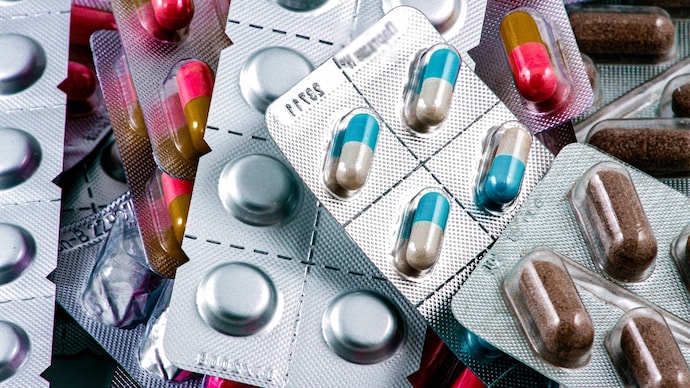By 2030, antibiotic use could increase by 50%: What this means for you
There has been an alarming increase in global antibiotic consumption, a major driver of antimicrobial resistance (AMR), which is linked to approximately five million deaths annually.

A recent study has revealed trends in global antibiotic consumption, a major factor driving the rise in antimicrobial resistance (AMR).
AMR makes infections difficult to treat as they stop responding to antibiotics, leading to longer hospital stays, increased treatment costs and a worrying number of deaths.
Approximately 5 million deaths are linked to AMR each year.
The study, conducted by researchers from institutions such as One Health Trust, Johns Hopkins University and Harvard TH Chan School of Public Health, analyzed antibiotic sales data from 67 countries between 2016 and 2023.
It examined the impacts of economic growth and the COVID-19 pandemic on antibiotic use and projected trends through 2030.
Main findings of the study
Steady increase in antibiotic use: Between 2016 and 2023, antibiotic sales in reporting countries increased by 16.3%, from 29.5 billion daily doses to 34.3 billion. The consumption rate also increased by 10.2%, indicating increasing dependence on these drugs.
Impact of the pandemic: The COVID-19 pandemic temporarily reduced antibiotic consumption, especially in high-income countries, where use declined by 17.8% in 2020 compared to 2019. However, consumption began to increase again by 2021, especially in middle-income countries.
Increasing use in middle-income countries: During the study period, the largest increases in antibiotic consumption were seen in middle-income countries. The use of “watch” antibiotics is rapidly increasing in these countries, which the World Health Organization (WHO) recommends using cautiously to prevent resistance.
future projections
By 2030, global antibiotic use is expected to increase by more than 50%, reaching 75.1 billion daily doses. This dramatic increase underlines the urgent need for action to promote more responsible antibiotic use worldwide.
Dr. Eli Klein, lead author of the study, stressed the importance of reducing unnecessary antibiotic use in high-income countries while strengthening health systems in low- and middle-income countries to prevent infections.
“Global consumption has increased rapidly and is increasing at an alarming rate,” Dr. Klein warned.
The findings highlight the need for better infection prevention measures, childhood vaccination programs, and public health policies to prevent antibiotic misuse.
Without urgent intervention, increasing antibiotic consumption could worsen the AMR crisis, posing a serious risk to global health.







